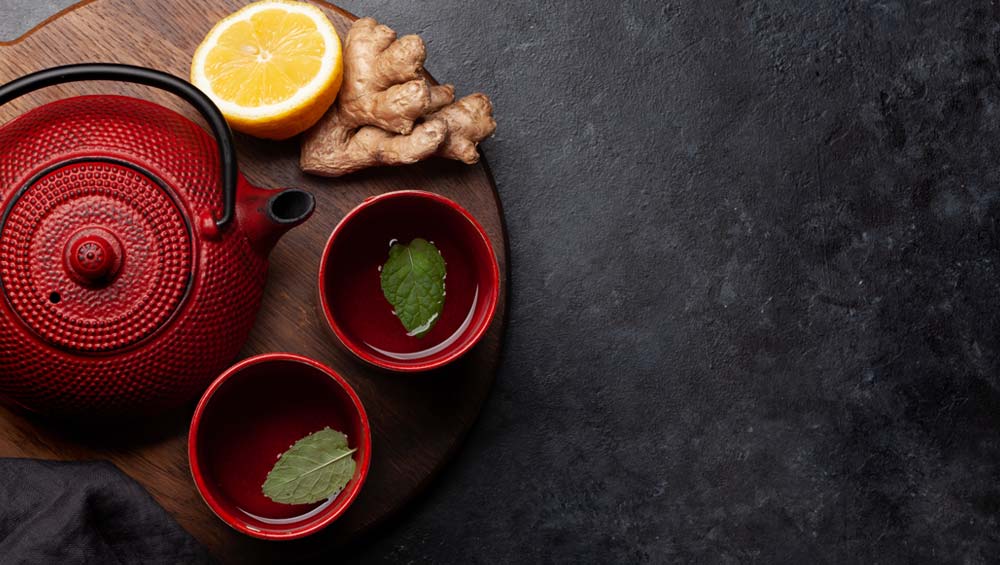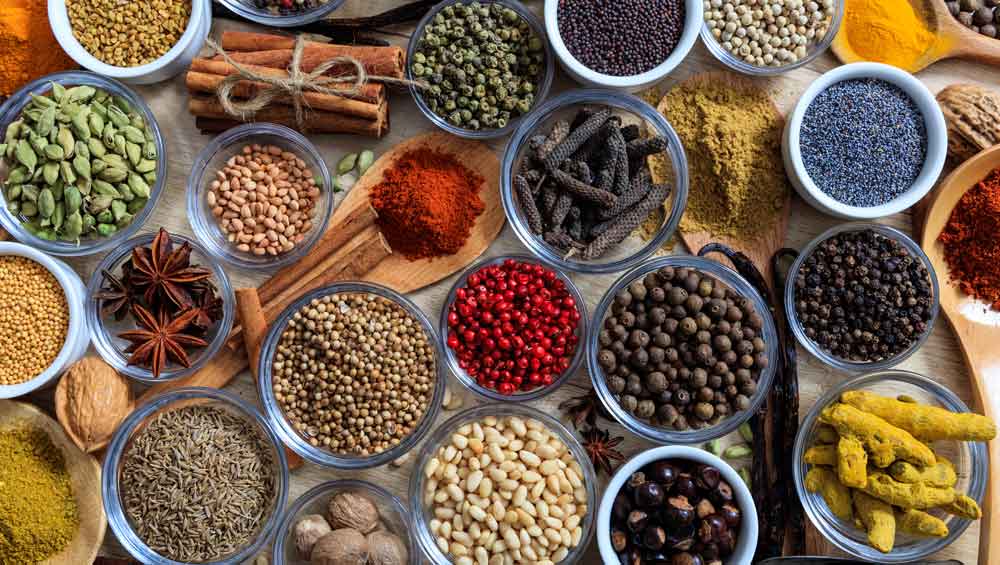No products in the cart.
How To Balance Kapha Dosha With Ayurveda
Kapha is portrayed as “snigdhahśītogururmandahślakṣṇomṛtsnahsthirahkaphah ||” in the ‘Ashtanga Hrdayam: Sutrasthana’, and that implies that kapha is oily, cool, heavy, slow, smooth, vile and stable. Kapha is the energy of water and earth, design and cohesiveness, establishment and strength. This dosha administers sustenance, growth, oil, endurance, and our capacity to feel happiness.

Kapha comes from the root word ‘slish’, which means to tie or keep intact. It contains the elements of earth and water, and gives the paste to keep the cells of the body intact. Both physical and psychological security and strength are governed by Kapha dosha. Primary uprightness of the body (cohesiveness to keep a particular structure/shape), immunity against infections, upkeep of body fluids, helping of feelings like love, sympathy, pardoning, persistence, and devotion are because of it.
What are the major symptoms you can find when your Kapha is imbalanced?
Symptoms of Kapha Imbalance
1. Overabundance of bodily fluids
2. Feeling hazy, dull, torpid, or heavy
3. Getting effectively connected or possessive
4. Feeling excessively nostalgic, smug, or difficult
5. Propensity for “emotional overeating”
6. A thick, white covering on the tongue
7. Slow, tacky, drowsy defecations
8. Additional body weight
9. Trouble ascending in the first part of the day
What causes Kapha Imbalance?

- Polishing off Kapha-irritating foods (dairy, greasy and oily food, cold drinks, frozen and pungent food, desserts, exceptionally prepared fruits)
- Overeating, eating heavy meals
- Investing an excessive amount of energy in cold and moist environments
- Absence of active work/resting during the day
How to adjust Kapha Dosha through Ayurveda?
1. Eating Kapha pacifying diet (severe, astringent and impactful tasting food)
2. Foods that can revive the psyche while restricting generally consumption, mixed greens, vegetables, astringent and drying fruits like apples, apricots, peaches and mangoes. Sugar the most appropriate for Kapha Dosha is crude honey.
3. Ahead of schedule to bed, right on time to rise
4. Customary actual work, fiery work-out daily practice (running, cycling and different undertakings)
5. Including reflective exercises (composing, emotional housekeeping, contemplation and so forth)
6. Keeping oneself warm and dry
7. Oil massage (abhyanga) with warm sesame oil consistently
8. Encountering enthusiastic music, happy organization
9. Yoga
Also Read: Foods that will Improve your Vitamin D Deficiency
Keep away from:
1. Foods that are sweet, acrid or pungent.
2. Cooling foods, both vigorously and in temperature.
3. Heavy and oily foods, like cheddar, French fries, nuts, or baked goods.
4. Exceptionally handled foods (for example canned or frozen foods, “Television” meals or cakes).
5. Cold, chilled, or carbonated drinks.
6. Overeating or eating heavy meals.
7. Eating new natural products or drinking organic product juice within 1/2 hour of some other food.
8. Extreme red meat.
9. Foods or drinks that contain refined sugar or corn syrup.
10. Broiled foods.
11. Alcohol, aside from an intermittent glass of dry red or white wine.
Kapha-Balancing Foods
Kapha is heavy, cool, oily, and smooth, so eating foods that kill these characteristics—foods that are light, warm, dry, and unpleasant—can assist with balancing the abundance of Kapha.
Know what foods are best for you:
Fluids:

One day of fluid diet in seven days can assist you with balancing your framework, as well as take out abundance kapha from the body. Adding new leafy foods juices, smoothies and warm concoctions like natural teas and soups are ideal for pacifying kapha dosha.
Fruits:
Fruits like apples, pears, watermelon, pomegranates, apricots and cranberries and so forth, structure the principal part of a kapha diet. These are superior to consuming heavier ones like bananas, oranges, pineapples, avocado, coconut and dates.
Dairy Items:
Polishing off low-fat milk is the ideal choice. Make sure to boil the milk for a long time prior to drinking; adding a teaspoon of turmeric or ginger to it significantly helps in diminishing Kapha and likewise supports the characteristics of milk. Ghee or yogurt produced using low-fat milk can likewise be remembered for kapha-balancing diets.
Warm Drinks:
Natural concoctions prepared from ginger, mint, tulsi, and cinnamon are incredible for balancing Kapha dosha.
Spices:

Limiting salt intake in the diet can astoundingly help to adjust Kapha dosha. Rather, settle on impactful spices like pepper, mustard, ginger, cloves, and cayenne that offer flavor and taste to the food.
Grains:
Whole grain cereals structure a main piece of the diet. To adjust and pacify Kapha dosha, grain, corn, millet, rye, and buckwheat are leaned toward choices over oats, rice and wheat.
Oils and Nuts:
Kapha diet suggests utilizing milder oils like olive, almond, sunflower oil and unadulterated ghee. Moreover, adding pumpkin and sunflower seeds gives a large group of advantages over going for heavier nuts like cashews, pistachios and pine nuts.
Summary:

Today, in the time of digital media, we emphasize individuals to fight their illnesses through ancient science, which is called Ayurveda. It is because of this reason that only Ayurveda remedies have the power to reboot your aggravated doshas and make you truly healthy from within.


